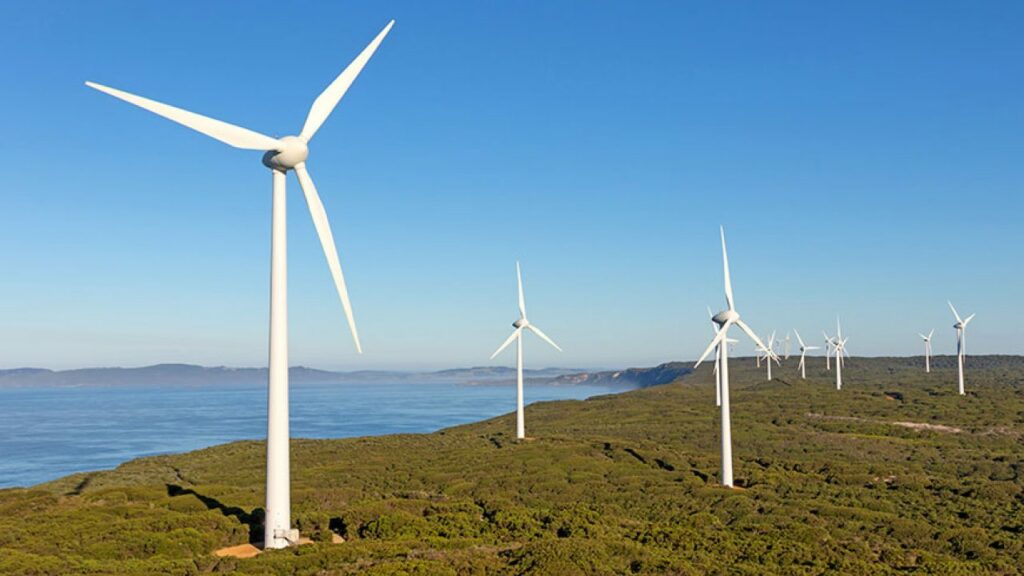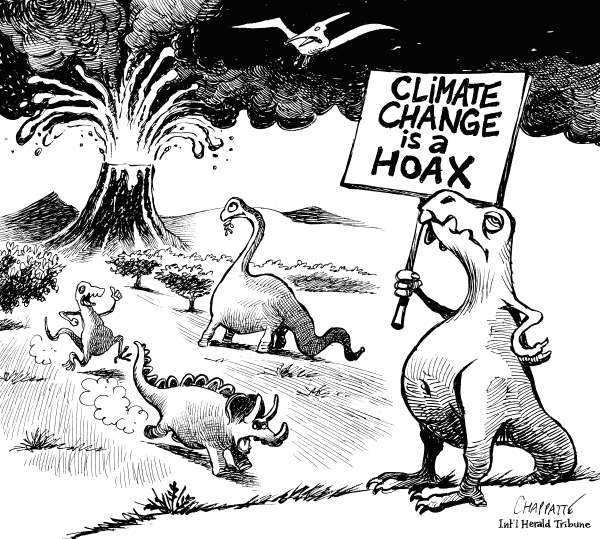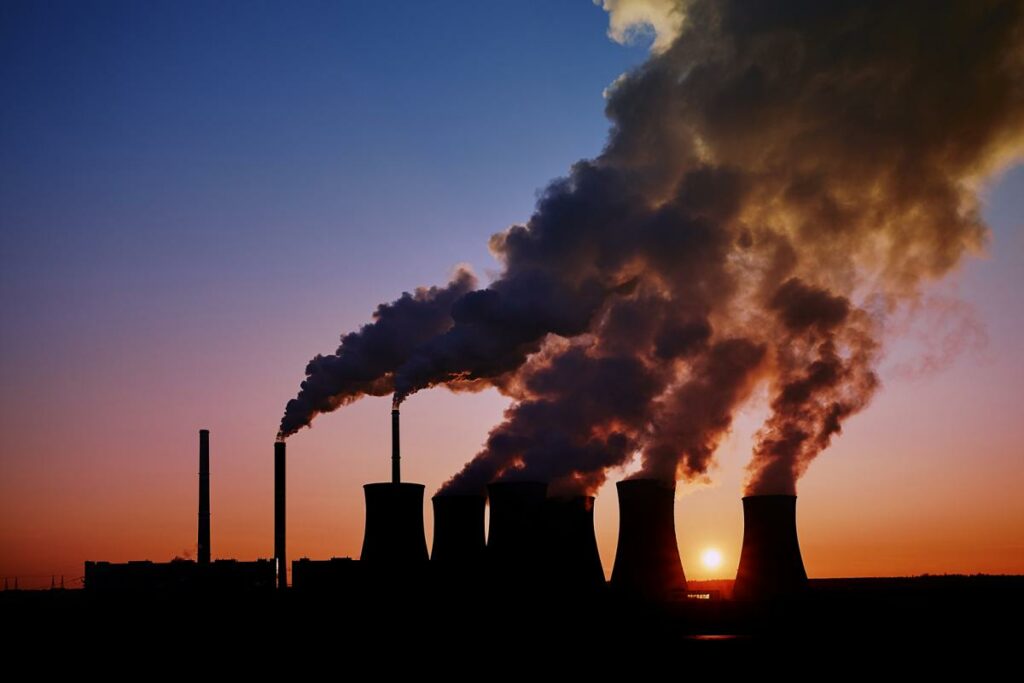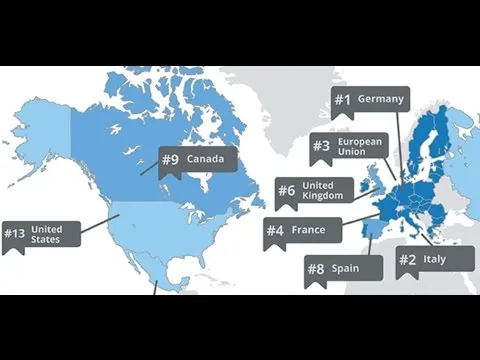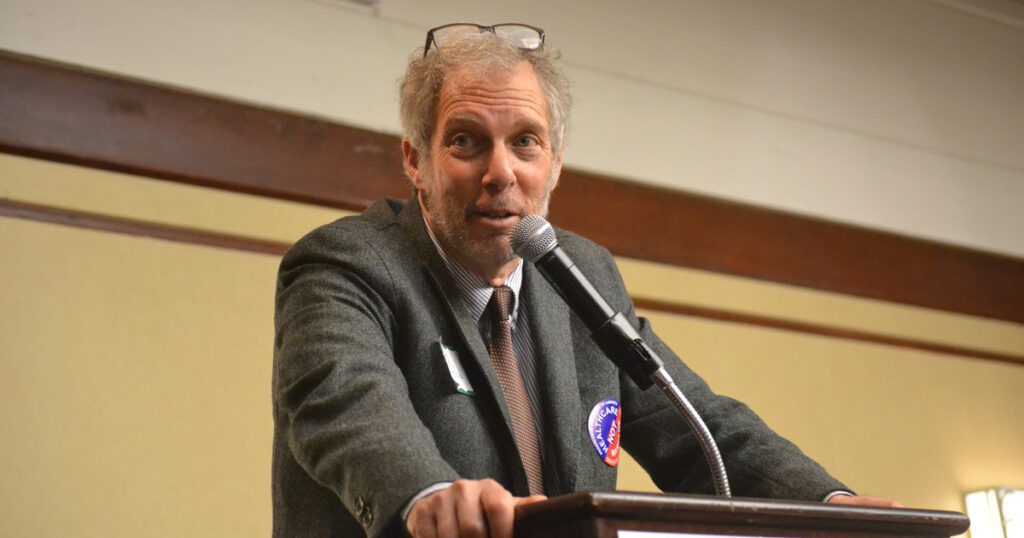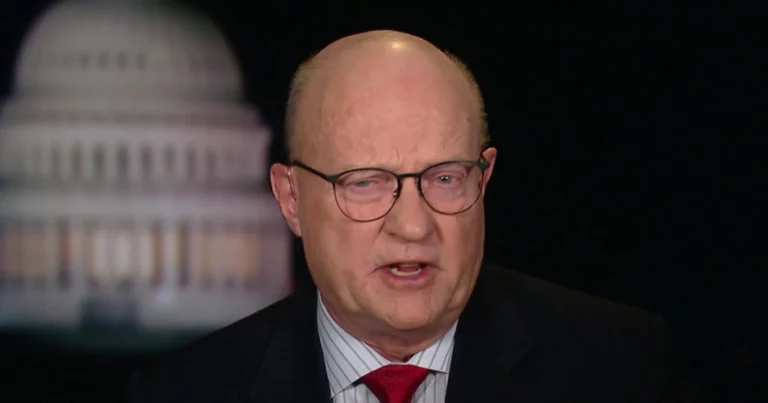On Reality Asserts Itself, Mr. Pollin says no-GDP growth is unrealistic and unnecessary as the way to achieve carbon emission targets – green economists must be advocates of job creation.
This is an episode of Reality Asserts Itself, produced January 11, 2015.
STORY TRANSCRIPT
PAUL JAY, SENIOR EDITOR, TRNN: Welcome back to The Real News Network. I’m Paul Jay, and this is Reality Asserts Itself. We’re continuing our series of interviews with Bob Pollin on a green economy and how to get there. Thanks for joining us, Bob.
PROF. ROBERT POLLIN, PERI CODIRECTOR: Thank you, Paul.
JAY: So, one more time, Bob is a distinguished professor and cofounder of the PERI institute at the University of Massachusetts Amherst and author of global green growth, which is a big report he did with the United Nations on how to get to a green economy. So we’re–I can’t remember the number, but we’re several parts into this series. And if you watch the rest of it, you’ll get the leadup. But we’re talking now about the politics of achieving some public policy, some laws that will limit climate change and carbon emission. I mean, President Obama by executive order has done something in terms of restricting coal over the next few years, but we’re in Baltimore, and you go down to the port of Baltimore and you can see piles of coal as far as the eye can see, because whether or not coal production and emission goes down a bit in the United States, there’s no limits on how much can be exported. So does it actually change anything? It seems not. It seems that so much of the legislation is kind of superficial. It’s to present that we’re doing something. But when you dig into it, the substance isn’t there, and certainly not enough substance to deal with the urgency of this. So how does–I mean, kind of give your take on the politics. And how does that change?
POLLIN: Well, again, I think that the things that the Obama it administration has done–and it’s not just President Barack Obama, but it’s the administration–they’re real. I wouldn’t say they’re–.
JAY: You’re saying it’s not nothing, but it ain’t nearly enough.
POLLIN: Well, it’s not–I wouldn’t even say it’s fair to say it’s superficial. I think there have been some major achievements in terms of building a green economy, as I mentioned a couple of sessions ago. I mean, just raising the fuel efficiency standards, doubling fuel efficiency on cars, that’s what has to happen throughout the whole economy. The whole economy has to become twice as efficient. So they’re good things. But, as we’ve also talked about, they’re not close to being where we have to be. And so the–.
JAY: And the way–given the last election, the way politics is going, you’re unlikely to see some great big climate change effort at the national level. Hillary Clinton barely ever talks about it. Frankly, President Obama barely talks about it. And the Republicans, most of them don’t even seem to–.
POLLIN: Against it. No, they talk about it.
JAY: Well, they don’t seem to think climate change actually is real. I mean, I think the polling I’ve seen most–.
POLLIN: Well, I think their phrasing now is I’m not a climate scientist, so what do I know.
JAY: Right.
POLLIN: Well, that would be true on anything. They’re also not economists. What do they know about budgets?
JAY: Right.
POLLIN: But the point is–and I’m also not a climate scientist. I’m just not willing to play Russian roulette and say, oh, 98, 99 percent of climate scientists don’t know what they’re talking about. It could be true. It could be true. I’m just not willing to bet the fate of the Earth on it being not true.
JAY: So if at the national level it doesn’t look like certainly in the timeframe needed–and you look at, you know, whoever’s going to be president unless there’s some amazing change of politics, which is not very unlikely, the next four years, the next eight years, we’re not going to see much change than what we saw in the last eight years. In fact, it may be worse than the last eight years. At the national level, it looks quite paralyzed, but at the level of cities, at the level of some states, we are seeing some initiatives, there are some possibilities of breakthrough. So when you apply your modeling to a state and a city, what’s that look like?
POLLIN: It looks–it’s equally important, maybe even more important. If we think about retrofitting buildings to make them more energy efficient, every building should be made more energy efficient. And you can use, you can start with municipalities. What about school systems? What about all the public schools? They should just be made more energy efficient now. And this can be done. (A) The technology is very straightforward. (B) It’s going to create a lot of jobs, especially for construction workers. (C) It pays for itself after two, three years, maybe four years.
JAY: So part of the politics of this is that you get some kind of green rhetoric out of some of the unions, but, with a few exceptions, not very loud. I mean, it’s interesting in South Africa. The metalworkers union is right–it’s actually in the leadership of calling for reducing carbon emissions and for climate change policy. But you don’t see that kind of militancy from any of the big unions here.
POLLIN: Well, the nurses union [crosstalk]
JAY: Other than the nurses. Yeah.
POLLIN: –one exception, which are militant around a lot of things. But, no, generally speaking, the union movement is split. Why? Because they don’t really believe there are going to be jobs. And they know, for example, the Keystone pipeline will create jobs. Okay, maybe it’s 300 jobs, but those are jobs, and we know they’re going to happen. When we hear that the green economy is going to create a lot of jobs, [incompr.] oh, that’s just a bunch of talk from professors who already have a job and already are doing just fine. And I really appreciate that. I really understand where that’s coming from. But when we’re talking about building the green economy, it’s real. The numbers of job creation are in the millions, as opposed to the Keystone pipeline, when we’re talking about maybe hundreds of permanent jobs. And so there are some really simple things that are easy to understand, like municipalities deciding to retrofit all their existing buildings to bring their standard of efficiency up 30, 40 percent. How do you pay for it? The Federal Reserve could lend the municipalities money. It’s actually within the laws of–the Federal Reserve Act, Article 15 allows the Federal Reserve to lend money to municipalities. I talked about this on a previous Real News interview. Use that mechanism to enable the municipalities to finance retrofitting all their buildings.
JAY: But then you’re back at China gets something done at the national level, which right now seems kind of paralyzed. What could cities and states do if they can’t get the Feds to do much of anything?
POLLIN: They can borrow the money on their own and retrofit the buildings. And they would create a lot of jobs in all of their communities. I mean, they would create jobs for construction workers. Now, another thing that they can do without spending any money: they put out procurement bids for companies like my company, as we’ve talked about.
JAY: Yeah, we forgot to mention Bob has a company (I should have put that in the introduction) called PEAR, and they do retrofitting and clean energy sales. And so everything he’s saying–you actually do make a little money out of this happens [sic], right?
POLLIN: Yeah, I’ve made a little money. Let’s not exaggerate it. Okay. But I’ve talked to mayors of smaller cities about this idea. Let my company put in solar installations in all your schools. You don’t have to put up any money. Zero. And your energy bill is going to go down. Why not let me do it?
JAY: And you make money because the–
POLLIN: I make money here.
JAY: –you get–the efficiency saving goes to you, and a certain profit, and then you’re out of there.
POLLIN: The efficiency saving and the saving from selling the electricity, the solar electricity that they have on their roof.
JAY: Back into the grid. Right.
POLLIN: Yeah. And so they don’t lose any money at all and they don’t have to finance anything. But they do have to take the initiative to accept this. I mean, it doesn’t have to be my company, obviously.
JAY: Well, it seems a no-brainer.
POLLIN: Yeah, it should be. There’s just such massive inertia. I mean, of course, this is a new idea. Some organizations are doing it. I mean, one of the things my company is doing now is installing solar installations in churches and synagogues in the Washington, D.C., area. So nonprofit organizations can do this, too. And they are not going to have to pay more for their electricity then they pay now. They are going to–we’re going to have to work out the financing of putting the stuff in, but then after that they save money.
JAY: Okay. The other side of renewables and energy efficiency–that’s one side. The other side is reducing carbon emissions, actually getting to zero fossil fuel use. And there’s a big debate how to get there. The debate seems to come down to two big schools. Do you do it through regulation and cap and just say, okay, over this next 20 years your amount you can use is simply capped, and the cap gets lower and lower and lower until you’re zero, and if you don’t follow it, you go to jail, versus some market mechanism? So where are you on that?
POLLIN: Well, first of all let’s just say that there’s no getting around that the fossil fuel industry is going to have to experience a massive hit. So in terms of the real politics of this, that’s the biggest thing holding everything up. You’re saying to oil companies, oh, by the way, your market is going to go down by 40 percent. How do you like that? I don’t think they’re going to–they don’t like it very much. So that’s–and there’s simply no way around that one. There is simply no technical fix for that.
JAY: And it’s not just the–it’s not like the fossil fuel companies are a different world than Wall Street. They’re all interpenetrated. So you’re really taking on banking and fossil fuels.
POLLIN: Yeah. But, I mean, the banks could be lending money to companies like mine or to other green energy companies, but, I mean, they have trillions of dollars invested in fossil fuels.
JAY: And to get it out of the ground they often use Wall Street money to build the infrastructure for the refineries and everything else.
POLLIN: Sure. And we’re saying that this going to be extinct over the next 50, 60 years. Obviously, they don’t like that story. Now, if they were smart, they would recognize what’s going to happen and they would start their transition. I mean, what’s going to happen to landline telephone companies? They’re also going to be extinct. This is the path–.
JAY: Same thing in cable television.
POLLIN: Yeah. All these things are on their way out. And this is what happens. The same thing is going to have to happen with the fossil fuel industry. And this is the massive political fight. And no matter what clever things we think of, there’s no way to get around the fact that the fossil fuel industry is going to have to go down.
JAY: So then you get, for the people that agree with you, where is this fight going to be waged. And it seems to me right now it’s practically impossible nationally. But at state and certainly city levels, you could have sort of either elections, progressive fronts, broad fronts, whatever, who agree on this that actually take over cities and states. But, in fact, I don’t actually see what the alternative to that is.
POLLIN: Well, okay, so California has a carbon cap now, the 3 percent a year reduction in carbon emissions.
JAY: And what was specific about California? Why was that able to get passed in California when you don’t see much like it anywhere else?
POLLIN: Well, California has more of a tradition. I mean, the governor, Jerry Brown, now was the governor 30 years ago, 40 years ago, and he was laughed at. You know, he was some kind of kook, the governor, “Moonbeam”, that he was committed around environmental issues. Now, I know there’s criticisms of Brown, many of them very, very legitimate, but Brown was capturing the culture in California that was pro-environmental, and it has been sustained. And that’s part of the main–obviously, he’s just got elected, reelected governor with, what, 60 percent? That’s part of mainstream politics now, accepting the fact that we have to have an environmental set of regulations.
JAY: And those caps in California, are they sufficient?
POLLIN: If they actually get in, if they are maintained, 3 percent per year will get you to where you need to get to. If that was enacted throughout the whole country, 3 percent for a year for the utilities, a 50 percent cut in increase in efficiency for cars, those are exactly the kinds of things that we need that can get to the standard that we need to–.
JAY: And does California use much coal?
POLLIN: Well, they’re–yes, they are now, but they’re going to be using less coal.
JAY: And this is part of the 3 percent cap.
POLLIN: Yeah.
JAY: And it’s not a trade thing. They can’t–.
POLLIN: No, it is a trade.
JAY: It is a trade thing.
POLLIN: Yes [incompr.]
JAY: Well, that’s the thing is that the trade part–and I assume most people watching this know, but if you don’t, the idea is that you can kind of buy, one way or the other, the right to emit more because you’re going to plant some trees in Brazil or something. And generally speaking, that’s seen as, one, a kind of boondoggle, because the trees either don’t get planted or they would have anyway, and/or two, it’s a way to financialize this whole thing. So in the next segment of our interview, we’re going to talk about is cap and trade and the various solutions that are in place actually just ways to make money, not that if it was effective, then fine, let them make money and be effective. But the question is: is it actually just smoke and mirrors to make money and not effective? So join us for the continuation of our series with Bob Pollin on Reality Asserts Itself on the Real News Network.

